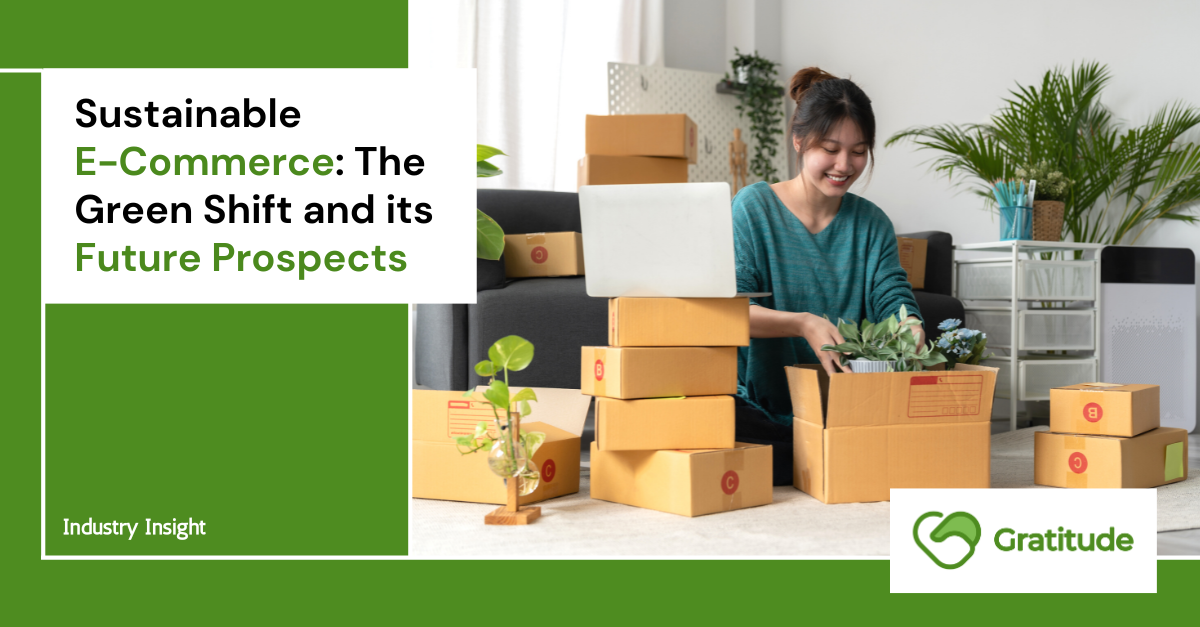E-commerce has revolutionized the way we shop, making it possible to purchase almost anything with just a few clicks. However, as the industry grows, so do its environmental impacts. Sustainable e-commerce is the answer to this challenge, aiming to reduce the carbon footprint of online shopping. Let’s delve into the topic and explore its future prospects.
What is Sustainable E-commerce?
Sustainable e-commerce refers to online business practices that prioritize environmental, social, and economic sustainability. It encompasses various aspects, including:
- Eco-friendly packaging: Using biodegradable, recycled, or recyclable materials to reduce waste.
- Carbon-neutral shipping: Adopting transportation means that offset or reduce carbon emissions.
- Ethical sourcing: Ensuring products are produced under fair labor conditions and with minimal environmental damage.
- Circular economy practices: Encouraging product recycling, repurposing, or refurbishing.
The Current Landscape
According to a report by the Ellen MacArthur Foundation, the global e-commerce market was worth $3.5 trillion in 2019. With the rise in online shopping, packaging waste has also increased. In the U.S. alone, cardboard use for e-commerce packaging rose by 8% in 2020. There are also some other angles to it such as :
Environmental Concerns: E-commerce typically involves shipping products, often across vast distances. In 2019, transportation emitted 24% of global CO2 emissions, with road vehicles constituting the largest share. Sustainable e-commerce can mitigate these impacts.
Consumer Demand: A 2018 Nielsen report found that 81% of global respondents felt companies should help improve the environment. Consumers are increasingly supporting businesses that prioritize sustainability.
Economic Impact: Sustainable practices can lead to cost savings in the long run. Reduced waste, energy savings, and efficient resource use can lower operational costs.
The Shift Towards Sustainability
Many e-commerce giants are now recognizing the need for sustainable practices:
Amazon’s Climate Pledge: Amazon has committed to being net-zero carbon by 2040. They are investing in renewable energy and introducing electric delivery vans.
Etsy’s Carbon Neutral Shipping: Etsy offsets 100% of carbon emissions from shipping. For every item shipped, they invest in projects that reduce carbon emissions.
Patagonia: an outdoor clothing brand also is a prime example of sustainable e-commerce. They use organic materials, promote recycling, and donate a percentage of their profits to environmental causes.
Future Prospects
Many things can be done to become sustainable e-commerce, among them are :
Innovation in Packaging: We can expect more innovations like biodegradable packaging and reusable shipping containers.
Localized Warehousing: To reduce shipping distances, companies might invest in local warehouses, reducing carbon emissions.
Integration of AI and IoT: These technologies can optimize supply chains, making them more efficient and sustainable.
Last but not least, transparency. All of the sustainability effort of the company will be for naught if there is no way for the customer to see or appreciate. There is a better way for company to showcase their efforts, one which use smart tool.
Smart Tool such as Gratitude. Gratitude enables businesses to become transparent by being powered by blockchain technology, with easy-to-use tools to record their supply chain, narrate the story, verify on blockchain and present the data in a beautiful landing page that can be issued via Gratitude’s QR Code or URL that can be placed on a physical product or embedded on digital marketing campaign or label. With this QR code, brands can put in place localized material or descriptions of their product so that the product can quickly hit the shelves while the full localization in progress. Customers can then simply scan the QR codes placed on the product or click the link on a digital campaign and clearly see the product’s journey, verify sustainability claims, or even company and brand stories that the company wants to reveal to the customer in language that they are familiar with.
Begin your business’ true transparency journey by implementing Gratitude to unlock the hidden value of your supply chain data. Talk to our representatives via the following channels for support or assistance in implementation:
Website : https://more-gratitude.com
Twitter : https://www.twitter.com/more_gratitude
Linkedin : https://www.linkedin.com/company/more-gratitude
Instagram : https://www.instagram.com/more_gratitude/
Facebook : https://www.facebook.com/followgratitude
Medium : https://www.medium.com/@more_gratitude
Sign up to our exclusive newsletter for special offers and latest industry insight :

